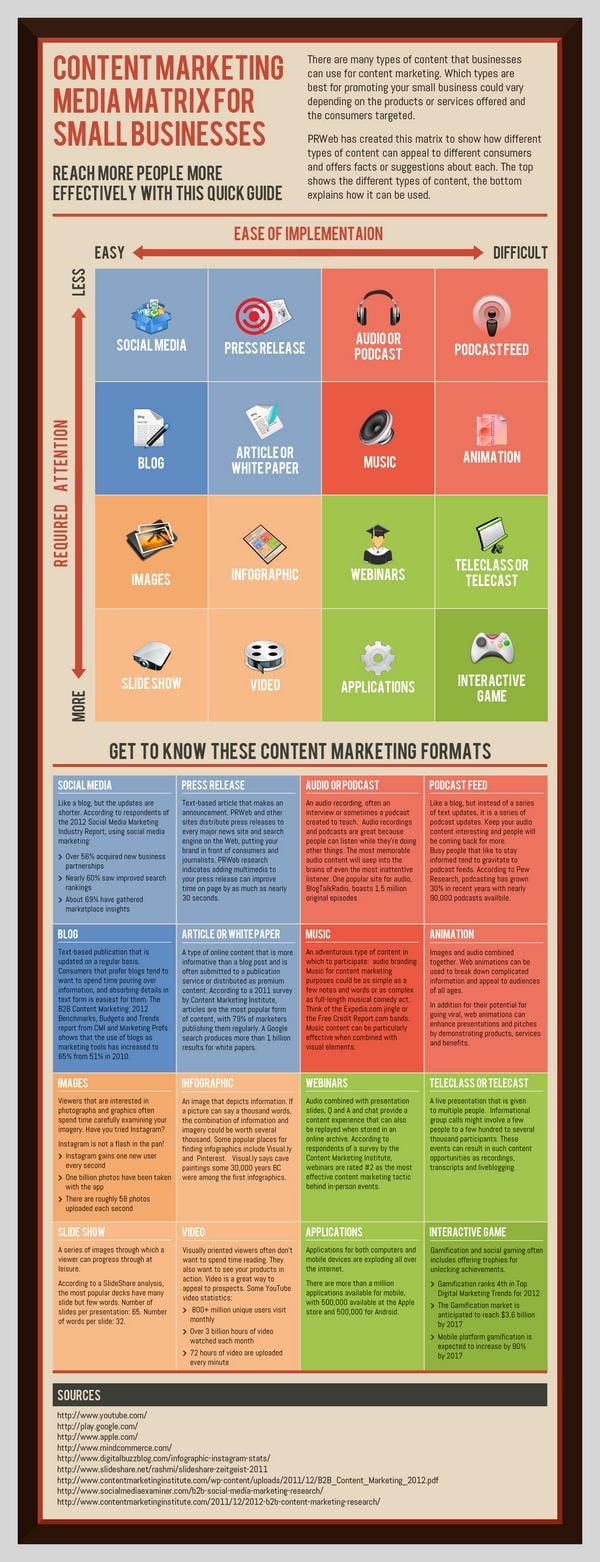How and Why Contractors Need To Create Powerful Testimonials

Testimonials can be the most effective marketing tool a remodeler has and they are free! They provide credible confirmation of your marketing message because they come from people who have actually experienced working with your company. Fortunately, with some planning and the use of simple strategies, powerful testimonials can also be very easy to get.
Selling and working on fun projects makes sense. But working for the wrong clients can kill the fun in a project for its entire duration. In this article I want to share how you can get and use testimonials as a powerful and effective way of demonstrating your company’s differences so you can attract both the right clients as well as the right projects for your business.
Think about what you are or should be selling
In his book “Selling the Invisible” Harry Beckwith talks about outside perception and inside reality.
 The outside perception is what prospects come to think about your business by what they observe, much like looking at a picture.
The outside perception is what prospects come to think about your business by what they observe, much like looking at a picture. - The inside reality is what they come to know about you and your company by actually experiencing working with you and your team.
I can personally share with you that understanding this difference and putting it to work within our marketing strategy caused a significant improvement in lead quality and lead quantity at my remodeling company. By sharing testimonials that revealed how we did business we attracted customers who wanted us for our way of doing business, not just for the quality of our work.
A picture may be worth a thousand words but a well written testimonial can paint a specific picture that has the value of gold.
Four important considerations for creating powerful testimonials
- I found that the best testimonials are short and concise, getting right to a main point. Most importantly, they include the true emotions experienced by the customer as they worked with you and your team, and or as a result of how your company’s processes helped them achieve their true remodeling goals.
- They are told like stories and include concrete examples from the customer’s experience that back up the main point and make the testimonial memorable.
- I found that it is best to get testimonials in writing from customers sooner than later, while the thoughts are fresh in their minds and they are enthusiastic about what they are sharing with you.
- Always be sure to get written permission to use their testimonials. If possible, get permission to use their name or initials with the testimonial, as well as the town they live in. Including the source makes the message all that more credible.
Summary
 In a lot of ways testimonials are like referrals. If contractors wait for them to happen they will get some referrals and some business. On the other hand, if contractors are proactive in causing them to happen and are strategic about causing the inside reality they include, contractors can get great customers and a lot more business.
In a lot of ways testimonials are like referrals. If contractors wait for them to happen they will get some referrals and some business. On the other hand, if contractors are proactive in causing them to happen and are strategic about causing the inside reality they include, contractors can get great customers and a lot more business.
In a future article I’ll share some examples and some specific strategies you can use to cause and secure powerful testimonials.
Click here to subscribe so you won't miss it.



 The same is actually true for most Americans. According to
The same is actually true for most Americans. According to  Most construction business owners I speak with haven’t done any retirement planning. In fact 56% of American workers haven’t bothered to figure how much they’ll need to retire comfortably either. (Source: Employee Benefit Research Institute) How then could these contractors even know how much money they will need to retire and when they can actually retire? For these contractors I am pretty confident they won’t have what they need.
Most construction business owners I speak with haven’t done any retirement planning. In fact 56% of American workers haven’t bothered to figure how much they’ll need to retire comfortably either. (Source: Employee Benefit Research Institute) How then could these contractors even know how much money they will need to retire and when they can actually retire? For these contractors I am pretty confident they won’t have what they need. If earning a wage isn’t earning you enough to retire on, you might want to learn how to become a real business owner.
If earning a wage isn’t earning you enough to retire on, you might want to learn how to become a real business owner.
 Before you begin to build your referral system, you must first take stock of the relationships and connections that you can leverage for success. Take some time to list all of your current and past clients, individuals with whom you have a personal relationship (friends, family, etc.) and those with whom you have business relationships. Be thorough. The quality of this list will affect the overall quality of your referral system.
Before you begin to build your referral system, you must first take stock of the relationships and connections that you can leverage for success. Take some time to list all of your current and past clients, individuals with whom you have a personal relationship (friends, family, etc.) and those with whom you have business relationships. Be thorough. The quality of this list will affect the overall quality of your referral system.  Making the ask, that all important action item that takes you from plan to procedure, can be the most difficult part of a referral system for many people. This is when you begin contacting your network and directly asking for referrals. There are many ways that you can accomplish this, but, for the sake of consistency, I recommend that you rank all of your prospects and contact 5-10 per day with a personalized version of a templated message. Whoever handles your administrative functions will be able to assist you with this.
Making the ask, that all important action item that takes you from plan to procedure, can be the most difficult part of a referral system for many people. This is when you begin contacting your network and directly asking for referrals. There are many ways that you can accomplish this, but, for the sake of consistency, I recommend that you rank all of your prospects and contact 5-10 per day with a personalized version of a templated message. Whoever handles your administrative functions will be able to assist you with this.  Find out where (and who) your new customers are coming from. Ask for feedback on service and quality and make sure that you integrate the feedback into your business practices if they prove to be relevant. Committing to constant improvement shows your current and past clients that you care.
Find out where (and who) your new customers are coming from. Ask for feedback on service and quality and make sure that you integrate the feedback into your business practices if they prove to be relevant. Committing to constant improvement shows your current and past clients that you care.

 Insulated water pipes will boost a home's energy efficiency. This sustainable feature will add to the life expectancy of the pipe system as well moderate the water temperature throughout the residence. Foam tubes made of rubber or polyethylene encase the metal piping to offer better quality and use—just make sure an expert does the insulating.
Insulated water pipes will boost a home's energy efficiency. This sustainable feature will add to the life expectancy of the pipe system as well moderate the water temperature throughout the residence. Foam tubes made of rubber or polyethylene encase the metal piping to offer better quality and use—just make sure an expert does the insulating.

 The fist would be to pre-educate prospects about your business, your products and or services, and how you and your team do business. This can save a lot of time during the sales process. By pre-educating them at your site on a variety of considerations using additional content, you will not have to spend as much time doing so at a live sales call. Busy contractors can speed up the sales process and gain more time for other business activities if they invest in publishing the right content.
The fist would be to pre-educate prospects about your business, your products and or services, and how you and your team do business. This can save a lot of time during the sales process. By pre-educating them at your site on a variety of considerations using additional content, you will not have to spend as much time doing so at a live sales call. Busy contractors can speed up the sales process and gain more time for other business activities if they invest in publishing the right content.

 You can get the opinions and advice of others so you can be more confident in your numbers and using them to make sound business decisions. Getting insight from others can also help you avoid costly mistakes.
You can get the opinions and advice of others so you can be more confident in your numbers and using them to make sound business decisions. Getting insight from others can also help you avoid costly mistakes. Often financial information is held back because the business owner is embarrassed that he or she doesn't understand the business finances well enough to explain them or answer questions about them. This is not good. Imagine what a great employee will think about his boss and or the business if he discovers the owner is
Often financial information is held back because the business owner is embarrassed that he or she doesn't understand the business finances well enough to explain them or answer questions about them. This is not good. Imagine what a great employee will think about his boss and or the business if he discovers the owner is 
 Not knowing the true costs of being in business as your business grows and being surprised about the costs when the bills come in.
Not knowing the true costs of being in business as your business grows and being surprised about the costs when the bills come in.


 The architect either invites multiple contractors to bid on the project or gives the homeowner the names of 5 (or more) contractors to bid on the project, essentially setting up an auction. So 5 contractors and all their subs do free estimates for the chance to be the lowest bidder (biggest loser). Then when the home owner actually buys from a contractor they are the ones paying for all the free estimates that contractor did for the people who did not buy. I think it would be interesting to hear the reaction home owners might have if they knew they were paying for other home owners’ free estimates.
The architect either invites multiple contractors to bid on the project or gives the homeowner the names of 5 (or more) contractors to bid on the project, essentially setting up an auction. So 5 contractors and all their subs do free estimates for the chance to be the lowest bidder (biggest loser). Then when the home owner actually buys from a contractor they are the ones paying for all the free estimates that contractor did for the people who did not buy. I think it would be interesting to hear the reaction home owners might have if they knew they were paying for other home owners’ free estimates. Many architects take the plans too far before knowing if the customer can actually afford the project and or if the project can actually be built. I think this is one of the worst things architects do to their customers. Wouldn’t it make sense to make sure the there are no zoning issues and that the project and or the scope are realistic before spending the client’s money to bring the plans from concept to ready to apply for permit?
Many architects take the plans too far before knowing if the customer can actually afford the project and or if the project can actually be built. I think this is one of the worst things architects do to their customers. Wouldn’t it make sense to make sure the there are no zoning issues and that the project and or the scope are realistic before spending the client’s money to bring the plans from concept to ready to apply for permit? They over-design the project past the agreed budget without providing realistic insight about the additional costs. Again, assuming the architect agreed to design to a budget, refer to number 2 above. If the home owner asks for things and or the architect suggests things that will blow the agreed budget, shouldn’t the architect make the true price difference clear to the home owner first and ask if they will commit to increasing their budget before expanding the design and collecting bids from contractors?
They over-design the project past the agreed budget without providing realistic insight about the additional costs. Again, assuming the architect agreed to design to a budget, refer to number 2 above. If the home owner asks for things and or the architect suggests things that will blow the agreed budget, shouldn’t the architect make the true price difference clear to the home owner first and ask if they will commit to increasing their budget before expanding the design and collecting bids from contractors?

 Trust is the key consideration here, and can become the client’s most valued benefit. Provided that a realist budget is established and agreed upon prior to entering into a Design/Build agreement, the Design/Builder takes on the responsibility of protecting the budget as design happens. Do not sell this as an advantage unless you are confident that you and the client agree on the scope of work. Savings and or budget control are then achieved through better planning. The Owner can exercise his desired degree of control over design, with the added advantage of knowing the cost implications of each decision as it happens. In the client’s eyes, the trust will be broken if he or she sees the Design/Builder as the cause for going over budget. It’s their money, not yours. To avoid this perceived breach of trust, before you offer or entertain alternate design ideas that will increase costs, ask your client for permission to spend more than the agreed budget.
Trust is the key consideration here, and can become the client’s most valued benefit. Provided that a realist budget is established and agreed upon prior to entering into a Design/Build agreement, the Design/Builder takes on the responsibility of protecting the budget as design happens. Do not sell this as an advantage unless you are confident that you and the client agree on the scope of work. Savings and or budget control are then achieved through better planning. The Owner can exercise his desired degree of control over design, with the added advantage of knowing the cost implications of each decision as it happens. In the client’s eyes, the trust will be broken if he or she sees the Design/Builder as the cause for going over budget. It’s their money, not yours. To avoid this perceived breach of trust, before you offer or entertain alternate design ideas that will increase costs, ask your client for permission to spend more than the agreed budget.


 Once a potential customer knows they have a need they’ll begin researching options for what they can or should do to fill that need. During this stage of their buying cycle you’ll want to provide them with white papers, checklists, and or e-books. The strategy should be to provide more in-depth content that describes the problem(s) they have and outlines step by step solutions—which your company just happens to be able to help them with. This is also the lead generation stage. By keeping track of who downloads information from your site you can separate the consumers who are genuinely interested in what you offer and how you can help them from others who are just casually browsing your site.
Once a potential customer knows they have a need they’ll begin researching options for what they can or should do to fill that need. During this stage of their buying cycle you’ll want to provide them with white papers, checklists, and or e-books. The strategy should be to provide more in-depth content that describes the problem(s) they have and outlines step by step solutions—which your company just happens to be able to help them with. This is also the lead generation stage. By keeping track of who downloads information from your site you can separate the consumers who are genuinely interested in what you offer and how you can help them from others who are just casually browsing your site. 






